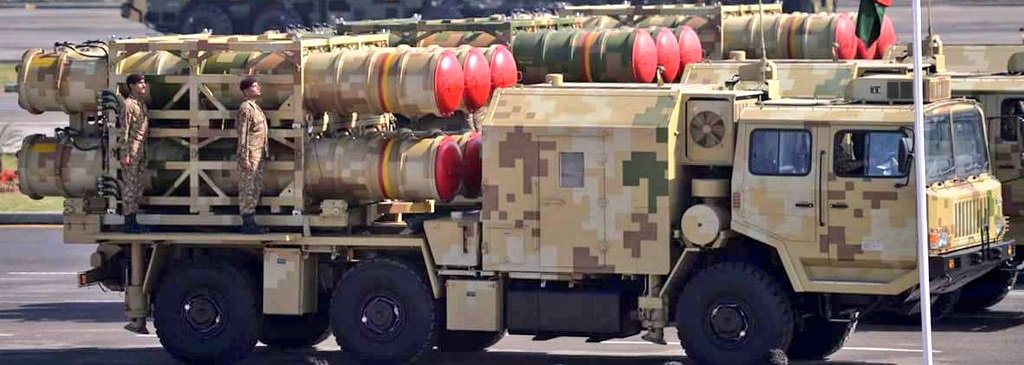
Recent Iranian drone strikes deep within Pakistani territory have raised questions regarding the efficacy of the nation's Chinese-made air defence systems, including the LY-80 LOMADS and HQ-9 (FD-2000).
These instances call into question Pakistan's dependence on foreign technology and highlight the necessity for strategic review of its air defence plans.
When the LY-80 LOMADS was introduced in 2017, it was hailed as a paradigm shift. But even before that, in 2019, concerns were raised about its effectiveness when Indian aircraft broke into Pakistani airspace during the Balakot airstrikes.
Similar criticism was directed towards the Chinese-built HQ-9 air defence system, also known as the FD-2000, after it was unable to identify the accidental Indian BrahMos missile that touched down in Pakistani territory in March 2022.
Concerns are raised further by the recent decision to retire four ZDK-03 airborne early warning aircraft, fitted with Chinese AESA radars, within a 12-year period owing to poor performance.
These instances raise concerns about the long-term stability of these systems and portray a worrying picture of variable performance.
Pakistan's vulnerabilities are starkly shown by the Iranian drone strike. It's time for the nation to put aside its current issues and conduct a thorough evaluation of its air defence plan.
In order to protect its airspace and ensure national security, it is important to build a system that is layered, nimble, and technologically varied, with strong human and organisational components.
